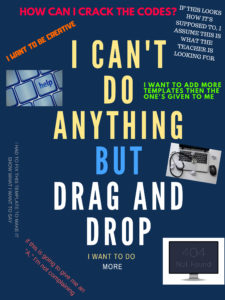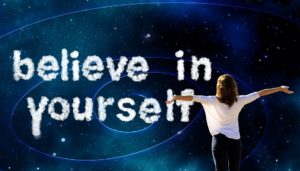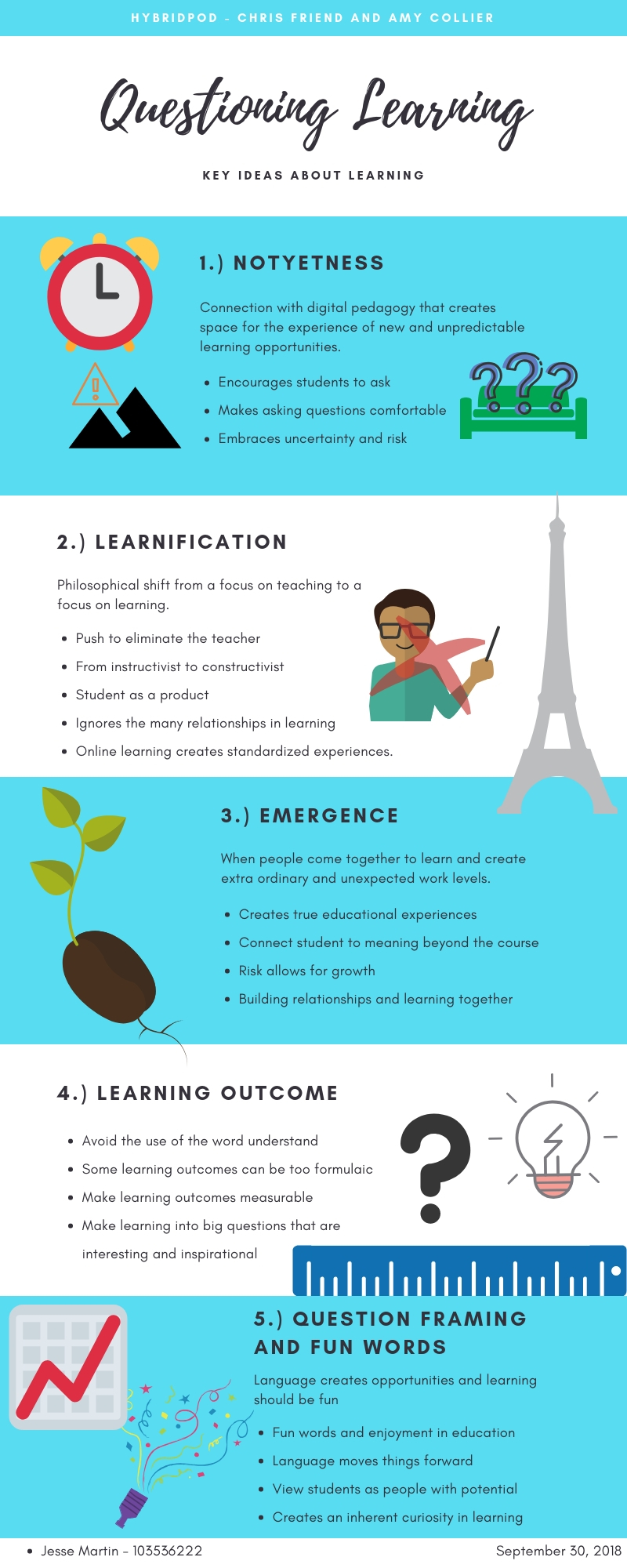I chose to respond to the podcast HybridPod – Questioning Learning by Chris Friend and Amy Collier. The podcast included the ideology of the push to inquire more in the classroom, and that students should not only extend and deepen their learning by doing this but feel comfortable in doing so. The podcast also touched upon the importance of the relationship between teachers and students. In personal experience, I’ve had teachers who have impacted me both in and outside of the classroom. Chris and Amy analyzed the result of removing the teacher-to-learner and learner-to-teacher relationship, and how it would not be beneficial to either of the two parties involved. As future educators, I believe we should empower our students to inquire. To inquire themselves, and further understand their thoughts, and to question us moreover. Students should be aware of their thoughts and should be able to uncover the complexity of them by making connections, considering different viewpoints, and building reasoning. While it is constantly reiterated that we are the change, I believe it is difficult to make change. We sit in desks longer than we are before them, and while in those desks, are faced with expectations of our own that mirror the methods of old teaching.
I knew I wanted to create some sort of video after listening to the Friend/Collier podcast. As I was listening, my mind began racing to the fact that everything sounds great on paper, and how things are often easier said than done. With this, I decided to put my thoughts into a rant and explain how I feel in that we have yet to change as much as we say we want to. Biteable is a medium I haven’t used before, and while using it I found myself confused and frustrated. While I am happy I pushed myself to try something new, I wanted to be free from limitations and decided to opt-out of using a template. I created my video from scratch, and found I could be more creative in doing so. Along the way, I noticed many of the options I wanted to incorporate required a fee. After I accepted the fact that I was limited to free options, I ran into another obstacle when trying to sync my audio recording to the video clips I had selected. Biteable did not allow me to view the audio clip while in editing mode. To see if the audio synced, the video needed to be ‘published’, and I had to physically sit and listen to whether the idea I stated, matched the video clips I selected. This process was quite tedious and timely, as it took about twenty minutes each time. All in all, though I wish the system ran smoother, I am pleased with my final piece. I’m thankful I had the opportunity to listen to this podcast, and was thankful for the text that was provided with it. I was able to revisit ideas in the text by use of Command + F, rather than trying to find the timestamp in which it was said in the podcast.
Below you’ll find my interpretation of the Friend/Collier podcast, mixed with my opinion on how we have yet to shift from standardized education.
Carla





